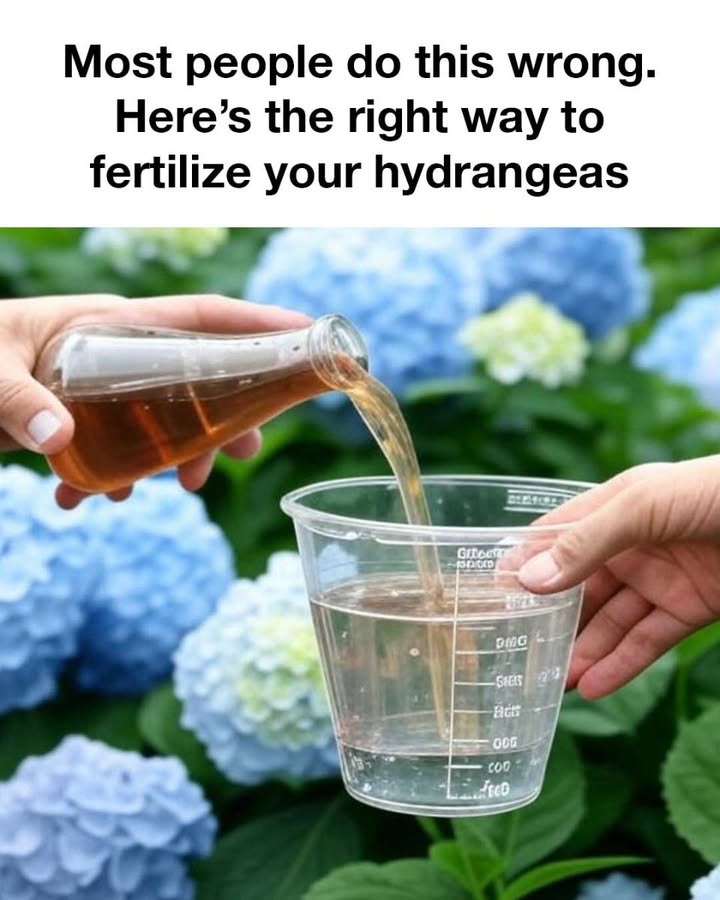Hydrangeas are beloved for their lush, vibrant blooms that can transform any garden into a colorful oasis. However, achieving those stunning summer flowers requires more than just planting and watering. Proper fertilization is key to ensuring your hydrangeas thrive and produce the best blooms possible. Many gardeners unknowingly make mistakes in fertilizing their hydrangeas, leading to disappointing results. In this article, we’ll explore the common pitfalls and guide you through the right way to fertilize your hydrangeas for spectacular summer displays.
Understanding the Nutritional Needs of Hydrangeas
Hydrangeas, like all plants, require a balanced diet of nutrients to grow and bloom optimally. The primary nutrients needed are nitrogen (N), phosphorus (P), and potassium (K), often referred to as N-P-K. Nitrogen promotes leafy growth, phosphorus is crucial for root development and flowering, and potassium helps with overall plant health and disease resistance. Additionally, hydrangeas benefit from micronutrients such as iron, magnesium, and calcium. Understanding these nutritional needs is the first step in crafting an effective fertilization plan.
Common Mistakes in Hydrangea Fertilization
Many gardeners inadvertently hinder their hydrangeas’ growth by making common fertilization mistakes. These errors can range from over-fertilizing to using the wrong type of fertilizer. Understanding these mistakes is crucial to avoiding them and ensuring your hydrangeas receive the nutrients they need without causing harm.
1. Over-Fertilizing with Nitrogen
One of the most common mistakes is over-fertilizing with nitrogen. While nitrogen is essential for plant growth, too much can lead to excessive leaf production at the expense of blooms. This results in lush foliage but few flowers. It’s important to use a balanced fertilizer and follow the recommended application rates to avoid this issue.
2. Using the Wrong Type of Fertilizer
Not all fertilizers are created equal, and using the wrong type can negatively impact your hydrangeas. Some fertilizers are too high in nitrogen or lack essential micronutrients. It’s crucial to choose a fertilizer specifically formulated for flowering plants, ideally one with a balanced N-P-K ratio and added micronutrients.
3. Fertilizing at the Wrong Time
Timing is everything when it comes to fertilizing hydrangeas. Applying fertilizer too early or too late in the season can disrupt the plant’s natural growth cycle. The best time to fertilize hydrangeas is in early spring, just as the plants begin to leaf out, and again in mid-summer if needed. Avoid fertilizing in late fall, as this can encourage new growth that may not survive the winter.
4. Ignoring Soil pH Levels
Soil pH plays a significant role in the availability of nutrients to hydrangeas. These plants are unique in that their bloom color can change based on soil pH. Acidic soils (pH below 6) produce blue flowers, while alkaline soils (pH above 7) result in pink blooms. Ignoring soil pH can lead to nutrient deficiencies and affect bloom color. Regularly testing your soil and adjusting pH as needed is essential for healthy hydrangeas.
5. Not Considering the Hydrangea Variety
see continuation on next page
